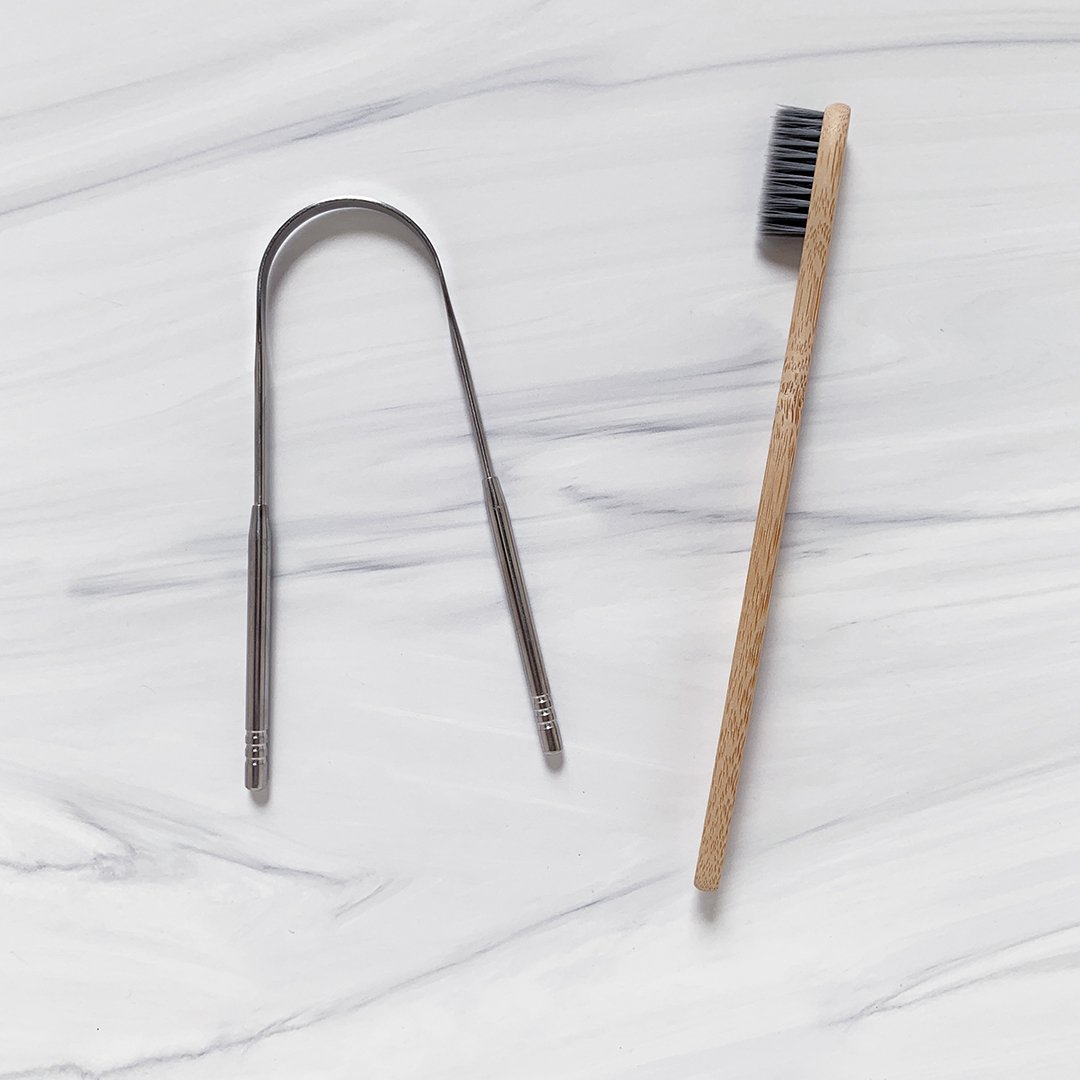finding balance: the 80/20 rule in ayurveda
understanding the 80/20 rule in ayurveda
In the realm of Ayurveda, the 80/20 rule offers a practical approach to achieving a balance between discipline and flexibility in your lifestyle. It’s a simple yet effective concept:
80% of the Time: Commit to following Ayurvedic principles diligently. This includes eating foods that align with your dosha, practicing daily routines, and maintaining a balanced lifestyle.
20% of the Time: Allow yourself the freedom to deviate from these principles without guilt. Enjoy the occasional indulgence, break from routine, or special treat, and embrace these moments with a positive mindset.
The goal of this approach is to help you integrate Ayurvedic practices into your life while also accommodating the inevitable deviations that come with living fully.
what the 80% should look like
To achieve the 80% of your Ayurvedic lifestyle, focus on the following key practices:
Eating in Alignment with Your Dosha: Follow dietary guidelines that suit your current imbalance, constitution, and the changing seasons. This helps maintain balance and promote overall well-being.
Abiding by the Ayurvedic Clock: Adhere to optimal wake and sleep times, meal timings and sizes, and engage in dosha-appropriate activities based on the time of day and season. This helps harmonize your daily routine with your body's natural rhythms.
Dinacharya (Daily Routine): Incorporate Ayurvedic daily practices such as self-massage, meditation, and exercise, along with taking prescribed herbs. These practices support overall health and balance.
Sadhana (Spiritual Practice): Dedicate time to your practice, whether it's Yoga, meditation, or other spiritual activities that nurture your well-being.
Stress Management: Implement techniques to manage stress effectively, such as mindfulness, relaxation exercises, and proper time management.
what the 20% looks like
The 20% represents the times when you allow yourself to deviate from the routine without self-judgment. Here’s how it might manifest:
Going Out to Dinner: Enjoying a meal at a restaurant or with friends.
Having a Lavish Dessert: Indulging in a sweet treat.
Having a Drink with Friends: Socializing over beverages.
Sleeping In: Taking extra rest when needed.
Skipping Practice: Forgoing your usual exercise or spiritual practice.
Choosing Fun Over Logic: Prioritizing enjoyable experiences over strict adherence to routine.
how to “color outside the lines”: optimal strategies
To handle deviations effectively and maintain balance, follow these guidelines:
Indulgent Meals: When you anticipate eating something that might disrupt your balance (e.g., rich or heavy foods), try to schedule it for lunch, when digestion (Agni) is strongest. Before indulging, consider taking an Agni dipana (digestive aid) such as ginger pickle or 8 Spice Digestive. If you experience indigestion afterward, wait until your Agni has recovered before eating again, and opt for lighter, balancing foods.
Sleep Schedule Disruptions: Late nights impact Pitta dosha, while sleeping in affects Kapha dosha, and irregular sleep can disturb Vata dosha. If you know you’ll be up late, ensure that other aspects of your routine are in place, such as eating well and practicing regularly. Allow yourself to sleep in as needed, but aim to return to your regular schedule as soon as possible.
Skipping Sadhana or Dinacharya: If you miss parts of your daily routine due to travel or busy periods, focus on quickly re-establishing your practices. Use short, impactful activities like pranayama to regain balance. Prepare for busy times by having supportive foods and herbs readily available.
reasons to deviate
There will be many moments in our day-to-day life where we will be presented with reasons to deviate from the norm… a birthday celebration, vacation, or a spontaneous night out with friends or partners. These are moments to release the grip and enjoy the moment.
There will also be moments where we feel like we can’t or don’t want to do the thing when in fact there would be great benefit to be had by continuing to show up. These are the moments when stress or emotions are high, times of grief or sadness, and even times of external pressure from friends and family.
Awareness of healthy versus unhealthy deviations is important. Before opting for the 20%, or the less helpful option, can we pause, and take a few deep breaths? Ask ourselves why it feels easier, better, and less painful to deviate than it does to find support in our knowing of whats good for us. In that pause, we can often see the juice isn’t worth the squeeze.
embracing the mindset of deviation
The key takeaway from applying the 80/20 rule is to approach deviations with a mindset of acceptance and enjoyment. When you choose to step outside the lines, commit fully to the experience and let go of guilt. Trust that your consistent adherence to the 80% will mitigate any negative impact of the 20% deviations.
By allowing yourself the freedom to be imperfect while maintaining a disciplined approach 80% of the time, you create a balanced and harmonious lifestyle. This flexibility not only enhances your overall well-being but also fosters a healthier relationship with yourself and your practices.
Remember, the ultimate goal is to cultivate a lifestyle where balance and enjoyment coexist, leading to a more fulfilling and balaned life
related products
related posts
loved what you learned? feeling inspired? share this article with someone who would benefit!
you can also share via the social icons below.
















